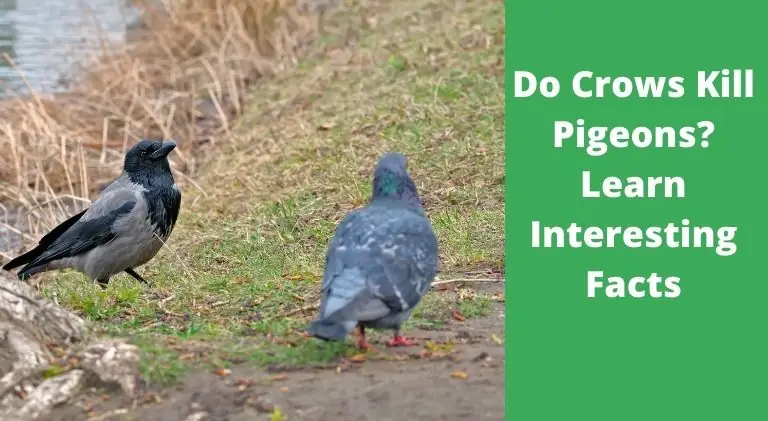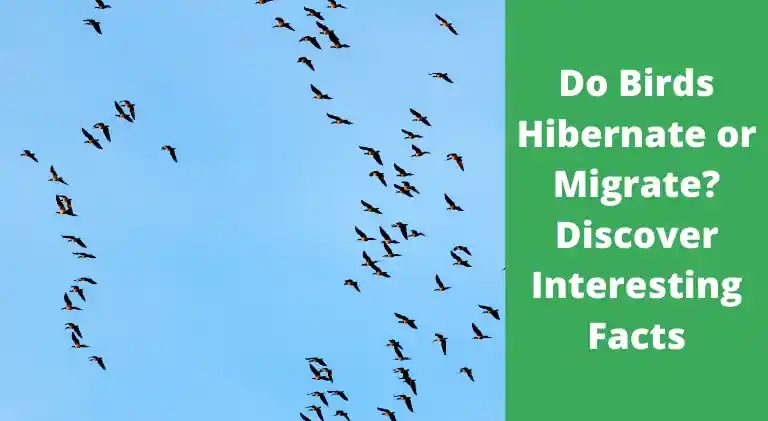Hand Feeding Blue Jays: A Beginner’s Guide
Hand feeding blue jays might seem a difficult task to some people but it is actually fairly simple.
Some people think that the only way to truly get to know and appreciate blue jays is by watching them from a distance. There’s an awful lot you can learn about these birds, though, if you take the time to hand feed them!
Blue Jays are curious and intelligent creatures that will come to your feeder to investigate any new food items they find, which makes them easy targets for hand feeding.
They are one of the most expressive songbirds in North America with their vibrant colors and melodic songs. Let’s explore what you need to know about hand-feeding blue jays by answering some questions!
Hand Feeding Blue Jays: A Step by Step Guide
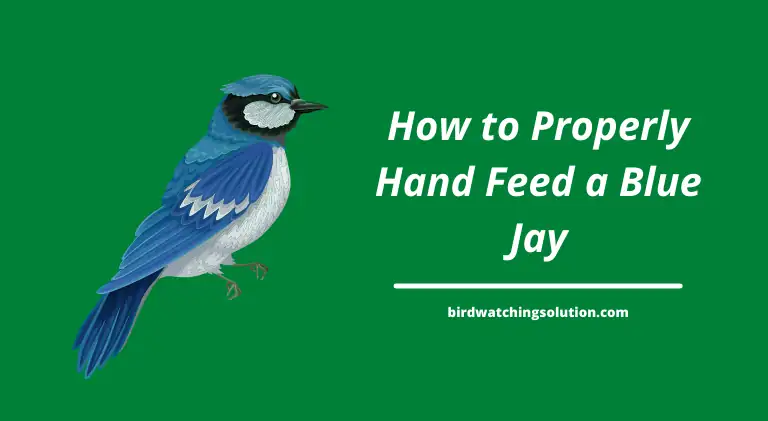
I know you must be excited to learn about hand feeding blue jays and other birds. As a birdwatcher and bird lover, it is one of the best ways to get to know the birds in your backyard.
If you’re just starting out maybe you’ll be wondering how hand feeding blue jays is done. Well it’s fairly simple, here are some steps that will walk you through it!
Step 1: Learn What Do Blue Jays Like to Eat
Okay, so you’re probably thinking that just about any bird seed will do for blue jays. While it’s true they are omnivores and adaptable to their environment, there are some foods they prefer over others.
Blue jays love peanuts! Both shelled nuts and unshelled nut meats are great to offer these birds. They also enjoy sunflower seeds and cracked corn, too.
Step 2: Get a Suitable Feeder
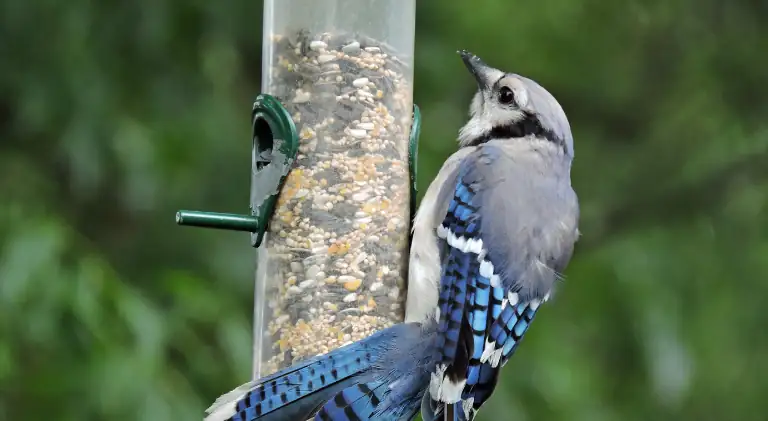
Blue jays are hefty birds that use their beaks for more than just singing! They will need food items that fit inside the feeders you purchase for them as well as ample space to perch and eat without danger of falling.
Not all feeders are created equal, so before you put any food in the feeder be sure it is sturdy enough to hold them! You can also offer blue jays mealworms or meat scraps in addition to bird seed if you wish.
Step 3: Let them Get Comfortable with the Location First
The next step is to let blue jays get comfortable with the bird feeder you have set up for them. If they are not used to finding food from a certain location it could be difficult to coax them down from their nests high in the trees.
Step 4: Start Gaining Their Trust

After they are comfortable around your home, blue jays should be used to seeing and hearing you. You can then start offering them treats near their favorite perching areas and then finally on the ground.
They will eventually come to trust that you want to feed them and will take food from your hand! However, you should always be very calm and make no sudden movements.
It is because sudden movements can easily scare away birds as they perceive them to be dangerous.
Step 5: The Right Feeding Position
One of the key components of hand-feeding blue jays successfully is learning how to position yourself. Get down to bird level and make sure your hand will be hidden from the jays’ sight while they feed.
You can sit on a chair or a stool for this, but if you are standing it will work too! Just don’t get in their flight path, which is how they see predators coming at them from above.
Don’t rush things otherwise it will take forever to gain a blue jay’s trust. They are wary animals that have had to adapt to survive in their environment.
They can be territorial and very aggressive toward other blue jays, so don’t go into any feeding sessions with more than one of them at a time!
It is okay if they are already perching on the feeder itself when you begin, but you should have control over the situation so they don’t become territorial to each other.
Be patient and you will eventually be rewarded with a beautiful bird willing to accept food from your very own fingers!
Step 6: Start Offering Food Near You
When it’s time to offer the blue jays some food, bring out your feeder and start adding some snacks.
Blue jays are smart birds that don’t take kindly to people they’re not familiar with putting their hands near their nests, so be sure to shoo them away if you spot them.
Start by leaving some seeds on the ground near you. They will be willing to eat from your hand after they are comfortable with the bird feeder, so don’t move on until you have successfully reached this point!
Gradually start maximizing the distance from the feeder. This will force them to leave the feeder and start eating from the ground near you. Once they get comfortable start minimizing the distance between the blue jay’s food and yourself.
Eventually sit on a chair and put some food near your hand but stay as calm as possible. Do not make any movements especially when they are near your hands. It will take a little longer but they will eventually start eating from your hands.
Step 7: Let Them Get Used to Your Touch
You should never try to touch the blue jays while they are eating or carrying food, but you can get them used to your presence.
Blue jays are known for their curious nature so sitting still and letting them investigate things around you is a great way to start this process of desensitization.
Once they get used to your presence, you can offer them food from the palm of your hand.
They will eventually start to land on your hand and take the food straight out of it!
Step 8: Keep Growing Their Trust
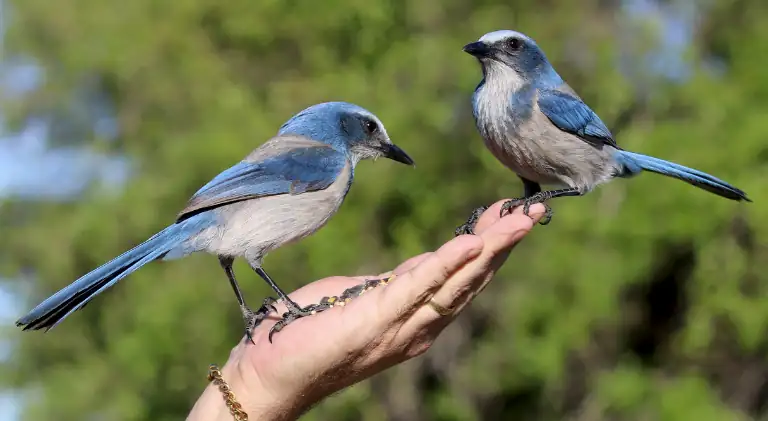
Keep offering them treats once they are comfortable with you sitting near them, but do not make any sudden movements at all. This will scare them away and the whole process of gaining their trust will be for naught.
Be sure to offer a lot of food at each session as well as rewarding them with other things like having you as a perch, singing songs together, etc.
Blue jays usually begin to respond positively towards your presence by the end of the third feeding session.
Blue jays are birds that are extremely curious and intelligent animals. These qualities make them perfect subjects for hand-feeding, as they will readily investigate new people or objects they come across.
Is Hand Feeding Blue Jays Dangerous?
Handfeeding blue jays is completely safe so long as you follow the appropriate steps for gaining their trust.
However, it can be dangerous if you are not able to pay enough attention. If they feel threatened by your presence, even slightly, they will violently attack you in self-defense.
Protect yourself by following these instructions carefully and respecting their space. Remember Blue jays are wild birds and they will never behave like regular pets so you should feed them keeping this point in your mind.
What is the Best Type of Food for Hand Feeding Blue Jays?
Blue jays really love sunflower seeds, but they will also eat bird food and nuts in a pinch. You can mix peanuts (unsalted ones) with your birdseed to make it more enticing for them when you initially put the feeder out.
Stick with sunflower seeds, nuts, and bird food for the best results when you are actually feeding them.
How Do You Know if They are Hungry or Not ?
You can tell whether they are hungry or not by their behavior. If you see them looking at your seed, then it is probably a good indication that they are hungry and ready for some food!
On average, blue jays will fly away in about a minute or less if they aren’t interested in the seeds you are offering. If they are comfortable with the seeds, expect them to stay for about 10 minutes or even longer if you have a lot of food.
What Should You do When Blue Jays Attack?
Blue jays are very intelligent creatures but they sometimes make mistakes regarding their territorial behavior.
If you ever see blue jays attacking each other (usually you will see the male/female pair attacking each other), then it is probably an indication that they are looking to mate.
If this happens, then try your best not to interfere too much with their natural mating ritual.
How to Get a Wild Bird to Come to You Without Food?
If you want to try and get a wild bird to come to you, then there are certain steps that you should take.
First of all, spend some time observing the animal/bird before trying anything else. This will give you an idea about their habits.
The next time you do this, find out what type of food they are especially looking for. For example, if you are trying to feed a blue jay, then get some sunflower seeds ready.
If the bird is hungry or not is difficult to understand even for experts so try to get information about that by watching them carefully without disturbing their environment.
Once you have made all the necessary preparations regarding what type of food you are going to offer and when they will be hungry, then start with the process by leaving a little bit of food on the ground or in a nearby tree. Try to make it as close as possible without disturbing their behavior.
Once they go for the food, talk softly not loudly to improve your chances of attracting them.
You can try to make the food visible by placing it on a platform.
If the animal/bird tries taking the food item, then stay calm and place your hand near their beak so that you can drop the food into their mouth.
It will be difficult for them to recognize that your hand is full of food so they might try to eat your hand which is why you have to be patient. Soon enough they will get used to your presence and it won’t be long before you can feed them directly from your own hands!
Remember that the key to successfully feeding wild animals/birds is patience so don’t rush anything. Also, try not to overwhelm them with too much food or too many people around.
Tips for Successful Hand Feeding Experience
Speaking of hand feeding blue jays, here are some tips for a successful hand-feeding experience. If you follow these, then the chances of your blue jays coming to you and actually eating from your hands will increase dramatically.
- Remember that not every blue jay is going to come over and eat from your hand. Practice observational skills and patience (see above). Look for signs of aggression such as loud squawking or chasing each other before you take action.
- Place your food items on a platform or in a nearby tree for better chances of success to avoid completely overwhelming wild animals/birds with too much food at once.
- Feed the blue jays during the early morning or late afternoon when they are most active and hungry.
- Be sure that you are using bird food, not bread. Bread is full of carbs and has no nutritional value which can make the blue jays sick if fed excessively.
- Be sure to only feed the blue jays one seed at a time (if possible) so that they remember exactly what you are offering them before they eat it. This will help them trust you even more!
- Be sure not to eat your hand. Wild blue jays are rather aggressive and may attack you if they feel that you are trying to steal their food or take over their area.
- Do all of these steps in a calm environment with slow movements so as not to scare off the blue jays.
Last Minute Thoughts
Hand feeding blue jays may look like a simple task but there is more to it than meets the eye.
Keep your patience and observational skills sharp because you never know when a blue jay will finally come to you for food!
Also, be sure that you are using proper bird food such as sunflower seeds and not bread.
Bread has no nutritional value which can make the blue jays sick if fed excessively.
Thanks for reading!
Do you hand feed blue jays? What are your tips and tricks to doing so successfully? Let us know in the comments section below!

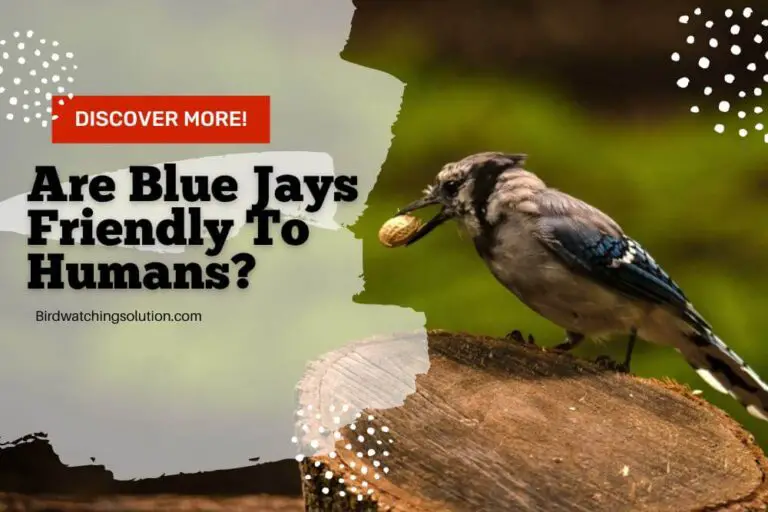
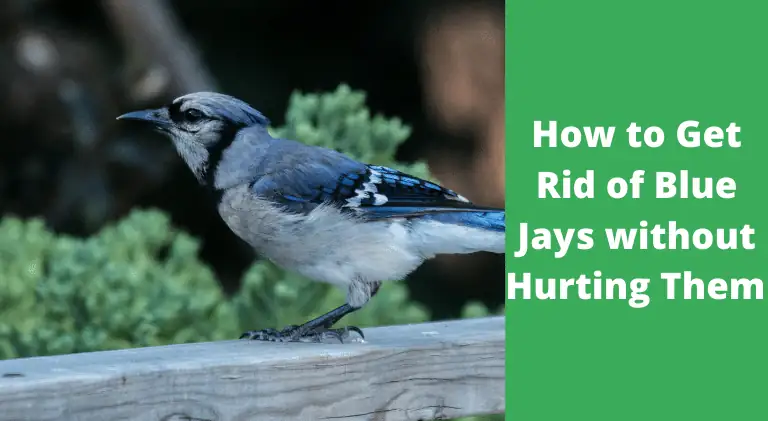
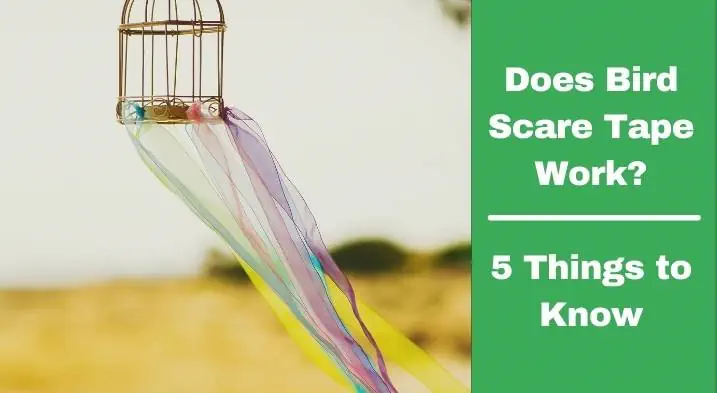
![Why Do Owls Hoot at Night? [3 Main Reasons]](https://birdwatchingsolution.com/wp-content/uploads/2022/02/Why-Do-Owls-Hoot-at-Night-1.webp)
